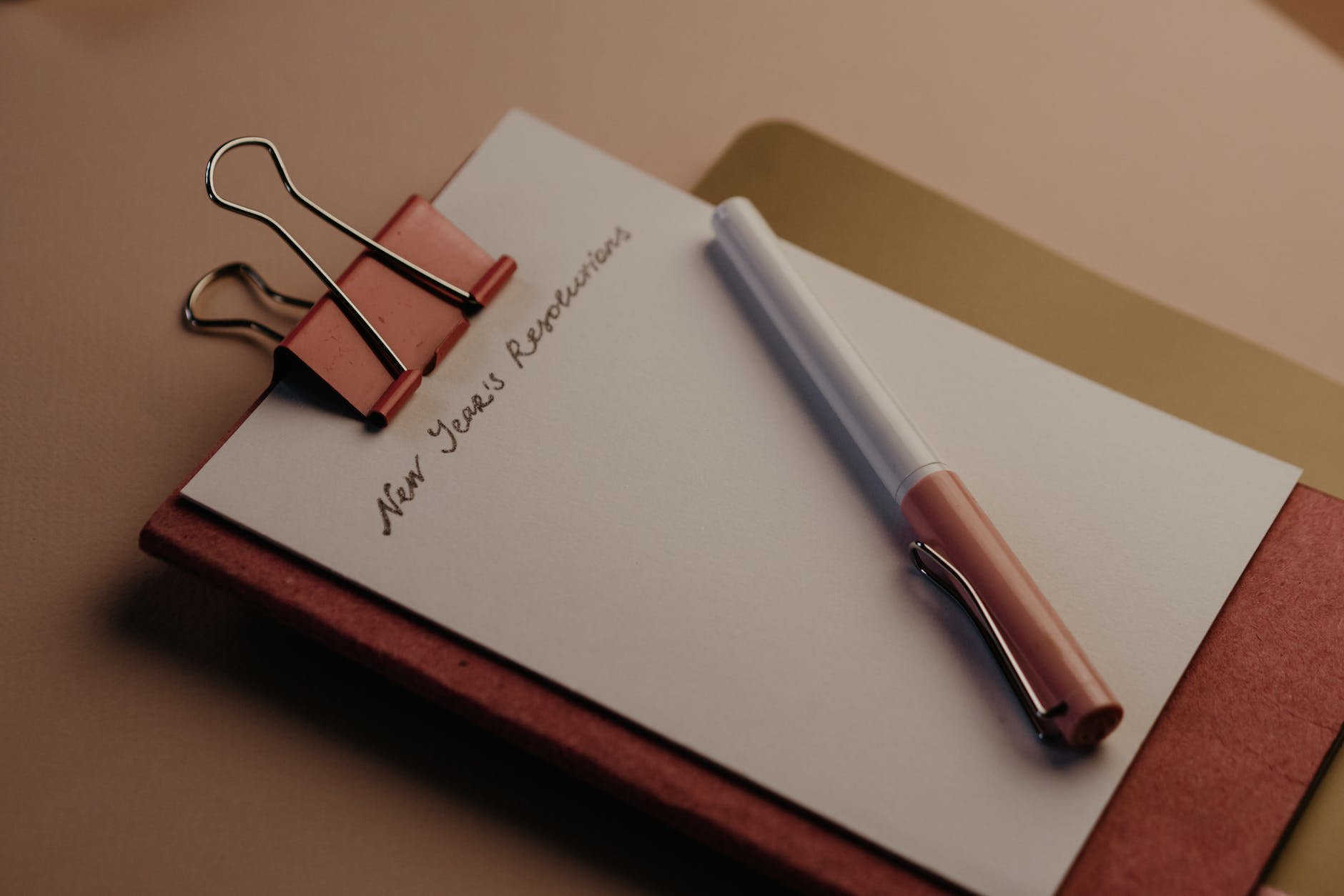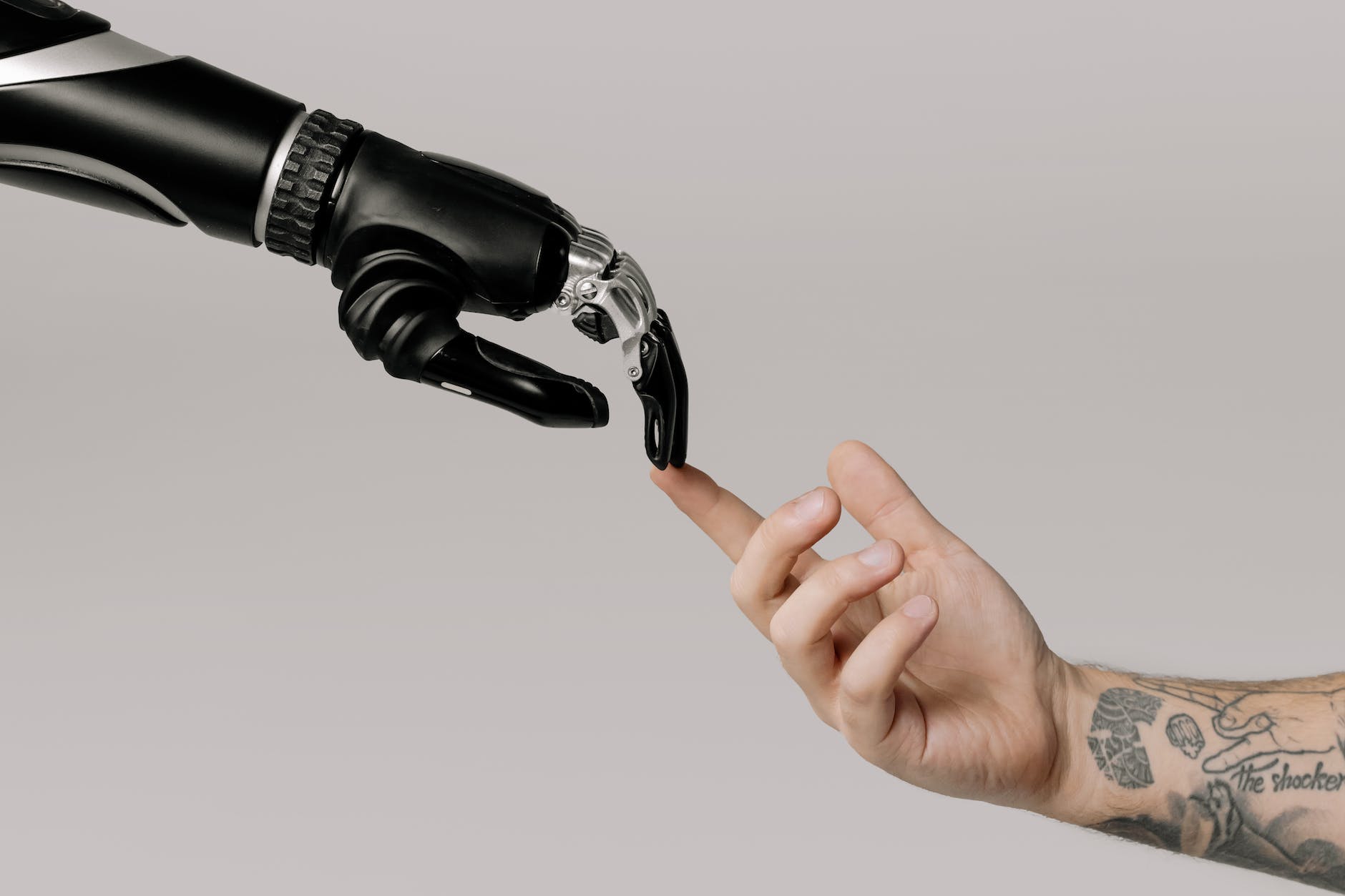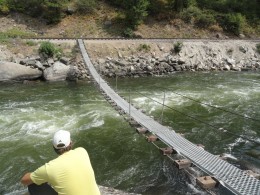Blog
-
If you want to grow in 2024, try this…
It’s a new year! Another opportunity to grab your one precious life by the horns and reach toward a new […]
-
Progressing in Wisdom
The ideas that many of us have bought into around what will bring happiness and fulfillment are actually sending us in the opposite direction.
-
Transforming Evil
“If our pain is not treated, it will find a way to tell its’ story by infecting someone or something else.”
-
The Movements of Accepting and Becoming
“Micro-trauma.” My ears perked up when I heard the name for what exercise scientists call the process of breaking down […]
© Copyright



